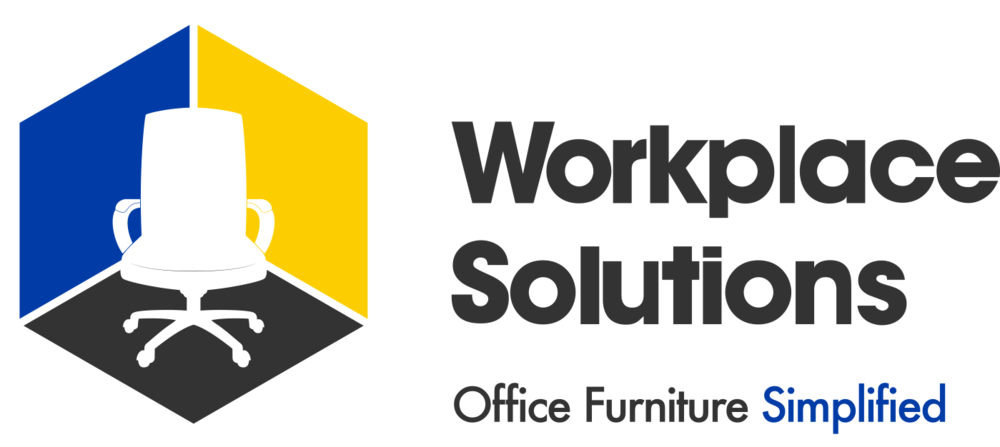Original article by Quartz
RTO may not be an acronym you used on the regular, but after hearing about the big (and small) companies demanding workers “return to the office” it’s likely one now commanding a share of your attention.
New in-office policies in September impacted 1 million workers and resulted in record post-pandemic attendance rates. From October through the end of the year, almost 500,000 workers will be subject to new office mandates. Less than 26% of US households have someone working remotely at least one day a week. In contrast, in early 2021, the number was 37%. Seven states plus Washington, DC, have a remote-work rate above 33%, down from 31 states and DC mid-pandemic.
New research from real estate firm JLL signals growth for in-office work. “Remote work peaked in April 2020 and it’s been gradually declining since then,” says John Gates, CEO of Americas markets for the real estate firm JLL. “The reality is that it’s very close to pre pandemic levels now.” How close? Less than 9% of LinkedIn job postings are for remote jobs, down from 20% in early 2022.
Predictions for RTO
Based on current leasing demands and the RTO push, Gates has identified three trends in RTO planning to help companies respond to the continued shifts:
1. Office occupancy on Tuesday, Wednesday, and Thursday is not far from pre-pandemic levels.
2. Hybrid work is here to stay.
3. Workers are demanding more quality spaces and high rents are following. Leases are highly amenitized with lots of food choices, patios, and even juice bars.
The high-quality office market segment is continuing to perform strongly, even outperforming pre-Covid trends in many markets. Office-centric industries like the legal sector are now adopting a four-day in-office requirement. After US President Biden called for federal workers to return to the office this Fall, more than a dozen agencies have issued new policies.
JLL believes the workplaces of tomorrow will feature collaborative spaces and an appropriate ratio of space where heads down work can happen. What comes with these new spaces? Many buildings are now featuring concierges, common rooms that operate as social clubs, and even pickle ball courts (with or without the view).
“We space” over “me space”
The build out of “we space” over “me space” might be bringing back the perks that most tech companies ruled the roost on for so many years. Will ping pong tables be back on the list of amenities? Perhaps the pickle ball courts will still be in play, but the gathering space will take a front seat for workers.
While hybrid work has been a favorite option for many companies, with more people concentrating in the office on the same days it’ll be challenging for businesses to create a “we space” that will also work for those who need a “me space” to get work done. The increased emphasis on productivity and operational efficiency amid market headwinds will find more companies planning for in-office work time.

